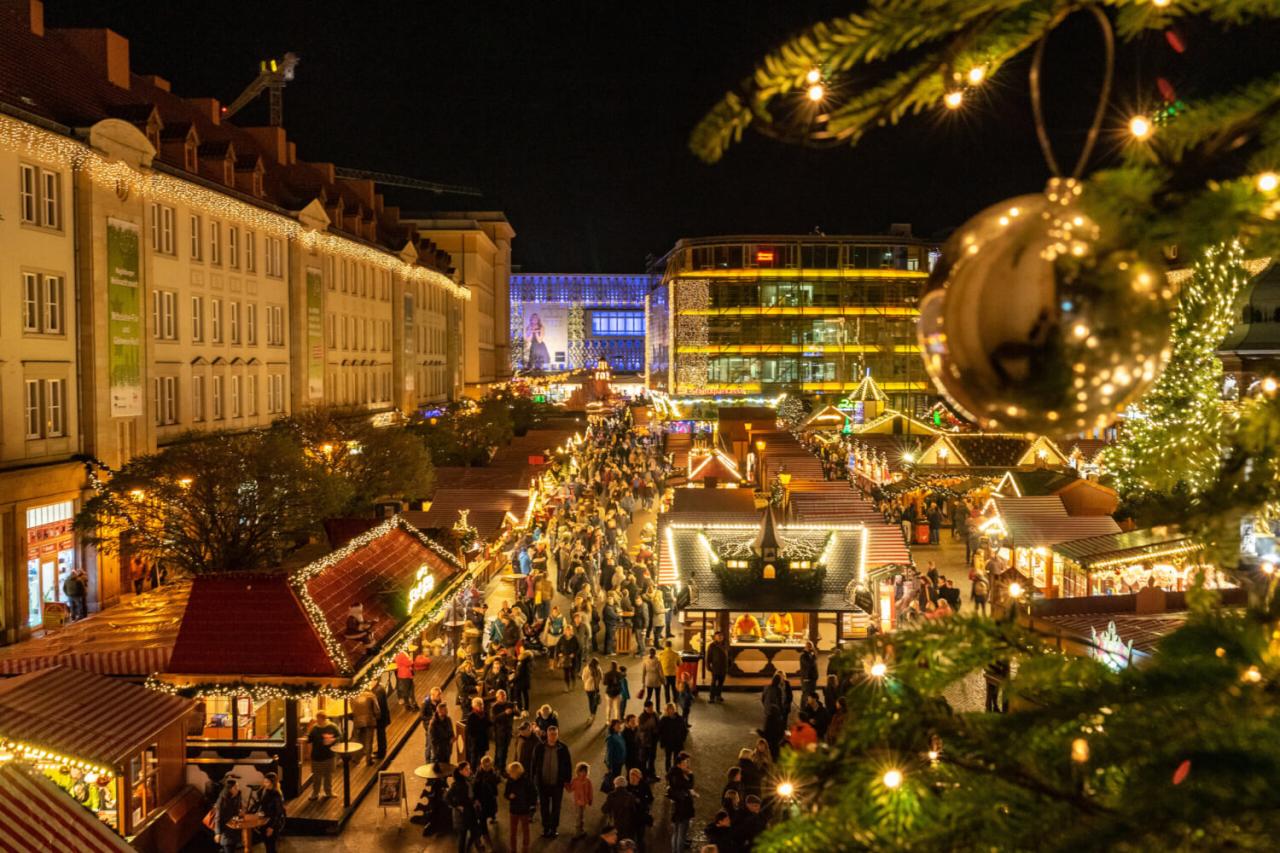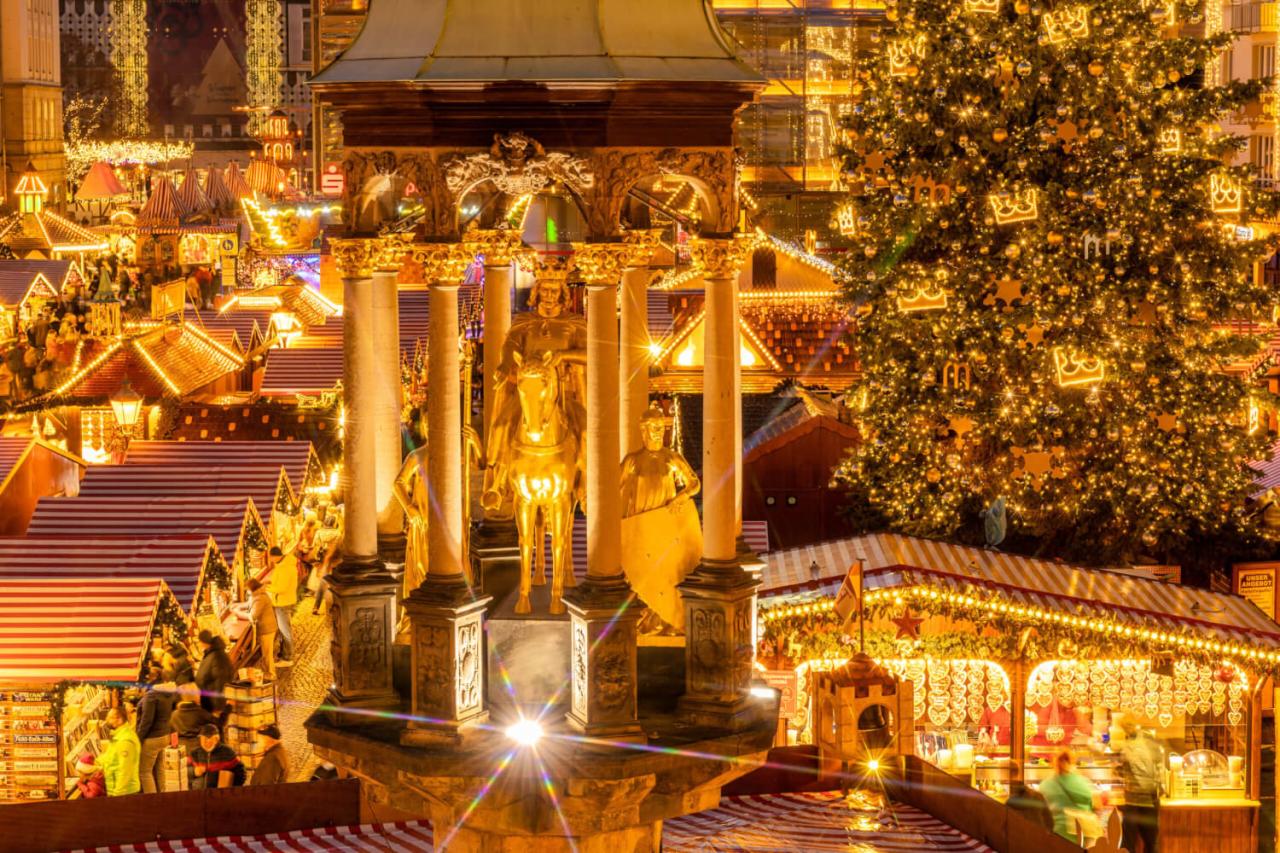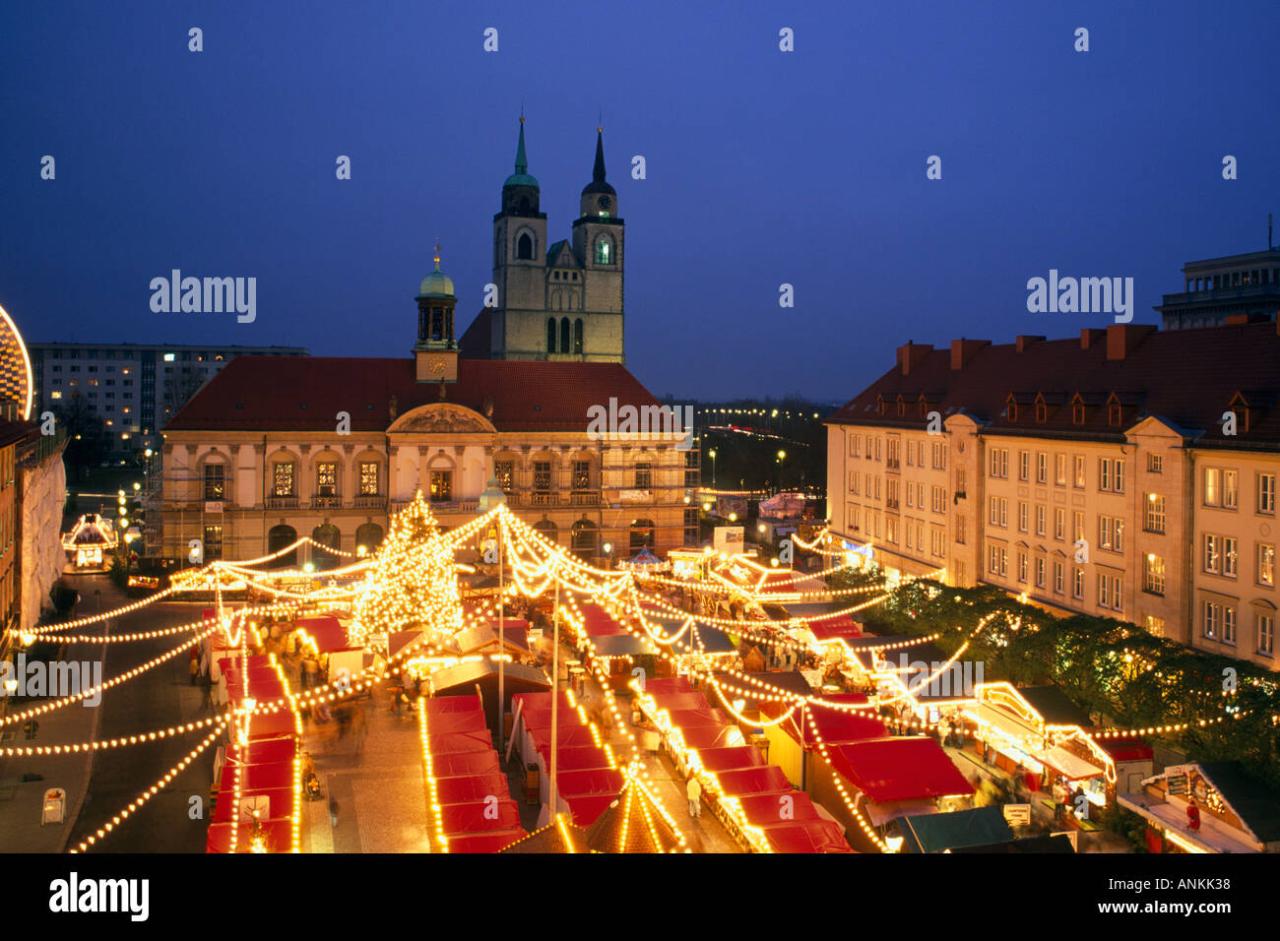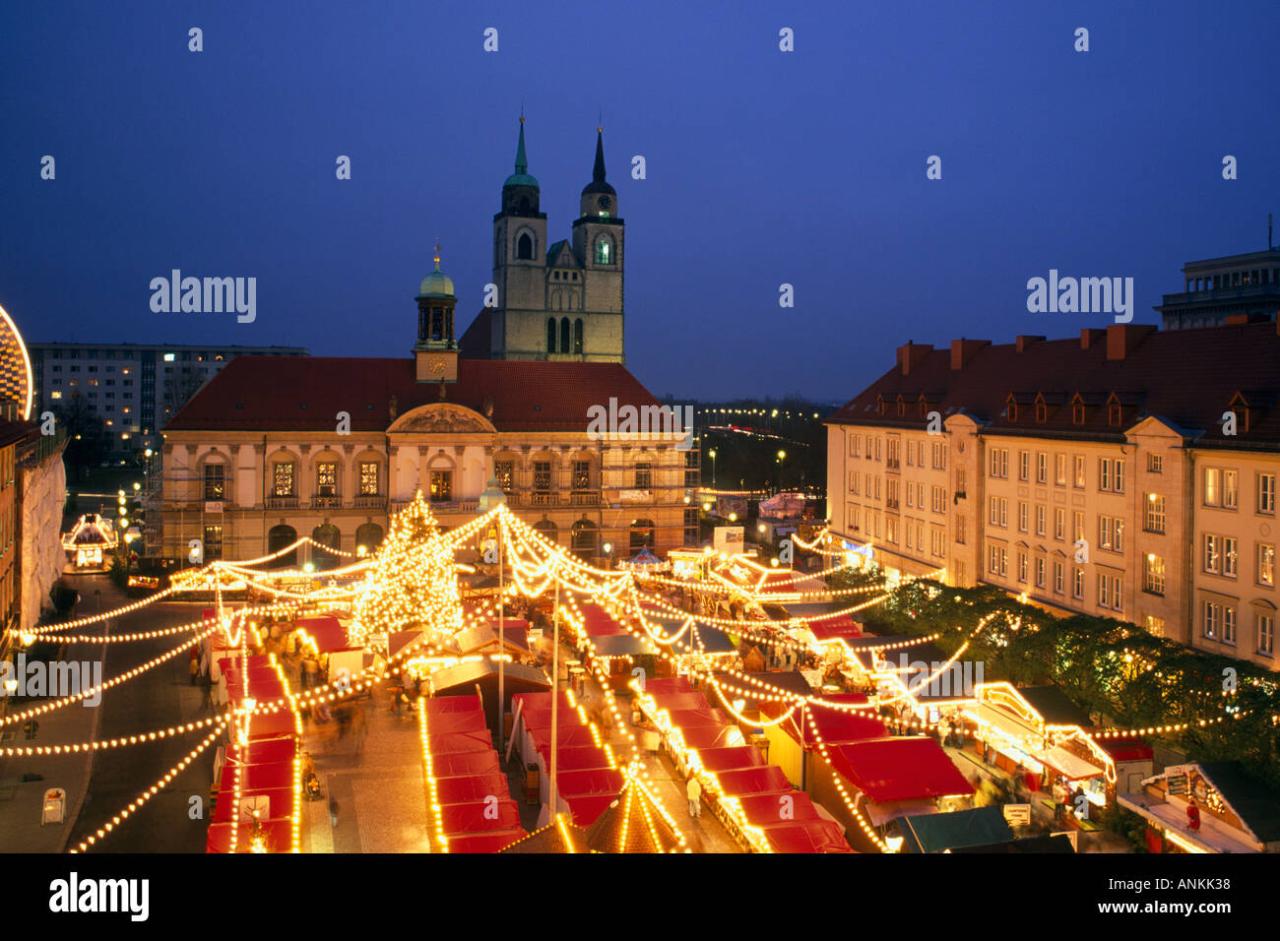Here’s what is known about the alleged Magdeburg Christmas: Did a grand Christmas market truly grace the streets of Magdeburg centuries ago, or is it a charming myth? This exploration delves into the historical records, examining both supporting and contradictory evidence to unravel the truth behind this intriguing possibility. We will analyze primary sources, weigh conflicting accounts, and consider the socio-economic climate of Magdeburg during the purported time of the market.
Prepare to journey into the past, piecing together fragments of history to determine if this alleged festive event was a reality or a figment of collective memory.
The investigation begins with a deep dive into Magdeburg’s historical context, examining its Christmas traditions and comparing them to those of other German cities. We will then meticulously analyze the available evidence, separating fact from speculation, to paint a comprehensive picture of what may or may not have occurred. The journey will uncover potential biases in historical accounts and explore the perspectives of various historical actors, providing a nuanced understanding of the complexities surrounding this alleged Christmas market.
The Alleged Magdeburg Christmas Market: A Historical Investigation: Here’s What Is Known About The Alleged Magdeburg Christmas
The existence of a large-scale Christmas market in Magdeburg prior to the widely documented markets of the 19th century remains a subject of historical debate. This investigation delves into the available evidence, both supporting and contradicting the alleged market, to offer a nuanced understanding of this intriguing historical possibility.
Historical Context of the Alleged Magdeburg Christmas Market
Establishing the context requires examining Magdeburg’s pre-19th-century Christmas traditions and socio-economic conditions. Christmas celebrations in medieval and early modern Germany were largely religious affairs, focused on church services and family gatherings. While smaller-scale gift-giving and festive meals existed, the large-scale commercial Christmas markets we know today emerged much later. Magdeburg, a significant Hanseatic city, experienced periods of prosperity and hardship throughout its history, which undoubtedly influenced its capacity to host a major Christmas market.
A detailed timeline reveals key events that could have impacted the feasibility of such an event.
Comparing Magdeburg’s traditions with other German cities reveals regional variations in Christmas celebrations. Some cities, due to their economic strength or religious influence, may have developed more elaborate festivities earlier than others. The socio-economic conditions in Magdeburg, including its wealth, population density, and trade connections, are crucial factors in evaluating the plausibility of a large-scale Christmas market.
- 14th-16th Centuries: Magdeburg’s rise as a Hanseatic city, periods of significant trade and prosperity, and the impact of the Reformation on religious practices.
- 17th Century: The Thirty Years’ War’s devastating effects on Magdeburg’s population and economy, hindering large-scale public gatherings.
- 18th Century: Gradual economic recovery and evolving social customs in Magdeburg, but the absence of documented large-scale Christmas markets.
Evidence Supporting the Alleged Magdeburg Christmas Market

The evidence for an early Magdeburg Christmas market is largely circumstantial. A rigorous examination of potential primary sources, including archival documents and archaeological findings, is necessary to assess its validity. Any evidence must be critically analyzed for its reliability and contextual significance.
| Source Type | Description of Evidence | Date (Approximate) | Reliability Assessment |
|---|---|---|---|
| (Example) Guild Records | Mention of increased trade in specific goods during the Advent season. | 1550 | Low – Requires further contextualization. |
| (Example) Tax Records | Evidence of increased revenue from market stalls during December. | 1600 | Medium – Needs verification of specific market location. |
| (Example) Archaeological Findings | Discovery of fragmented pottery and other artifacts suggestive of seasonal market activity. | 17th Century | Low – Requires more detailed analysis and dating. |
| (Example) Personal Accounts | A mention of a festive market in a personal diary or letter. | 1680 | Low to Medium – Depends on the credibility of the source. |
Evidence Contradicting the Alleged Magdeburg Christmas Market, Here’s what is known about the alleged Magdeburg Christmas

The absence of explicit documentation regarding a large-scale Christmas market in Magdeburg’s historical records is a significant counterargument. The lack of detailed descriptions in city chronicles or other official documents raises questions about the scale and nature of any potential market. Potential reasons for the absence of clear evidence include incomplete archival records, the destruction of documents during the Thirty Years’ War, or the fact that smaller-scale festive activities might not have been systematically documented.
Analysis of Historical Accounts and Narratives
Analyzing historical accounts requires considering the biases and perspectives of the authors. Different social groups—merchants, clergy, city officials—would have had varying interests in recording or describing market activities. A comparative analysis of existing accounts reveals discrepancies and potential inconsistencies that must be resolved before any firm conclusions can be drawn.
- Arguments for the market’s existence: Indirect evidence suggests increased economic activity during Advent, and certain traditions may point to a precursor to a large-scale market.
- Arguments against the market’s existence: The absence of direct documentation and the devastating effects of the Thirty Years’ War make the existence of a large-scale market highly unlikely.
Visual Representations and Interpretations

Imagining a potential Magdeburg Christmas market requires drawing on evidence from similar markets in other German cities and considering the historical context of Magdeburg. A hypothetical illustration might depict a bustling market square, with wooden stalls selling handcrafted goods, food, and beverages. The atmosphere would likely be festive but also reflect the religious and social norms of the time.
Details surrounding the alleged Magdeburg Christmas market incident remain scarce, though investigations are ongoing. The contrast to the intense physicality of the Ohio State vs Tennessee game, where, as reported in this article Ohio State vs Tennessee: Nico Iamaleava rompió casco con golpe , a player suffered a helmet-breaking hit, is stark. Further information regarding the Magdeburg event is anticipated.
Clothing would reflect the fashions of the era, and the architecture would be consistent with Magdeburg’s historical buildings. The scene could incorporate sensory details such as the aroma of roasted nuts and spiced wine, the sounds of bartering and carols, and the warmth of the firelight illuminating the snowy square.
A detailed textual description might evoke the sights, sounds, and smells of the market: “The crisp December air, tinged with the aroma of roasted almonds and simmering Glühwein, swirled around the crowded market square. Wooden stalls, adorned with flickering lanterns, overflowed with handcrafted toys, woolen scarves, and glistening gingerbread. The rhythmic clang of a blacksmith’s hammer mingled with the joyful carols sung by a group of children, while the cheerful chatter of merchants and shoppers filled the air.
The snow-dusted rooftops of Magdeburg’s half-timbered houses formed a picturesque backdrop to the vibrant scene, a testament to the festive spirit that briefly overcame the city’s hardships.”
The question of the alleged Magdeburg Christmas market remains a fascinating historical puzzle. While definitive proof remains elusive, the investigation into the available evidence provides a rich understanding of Magdeburg’s past and the challenges inherent in reconstructing historical events. The conflicting accounts and the absence of conclusive primary sources leave room for both speculation and continued research. Whether a bustling Christmas market once filled the city’s squares or not, the quest to uncover the truth offers a compelling glimpse into the complexities of historical interpretation and the enduring power of tradition.
Frequently Asked Questions
What are the main challenges in researching this alleged event?
The main challenges include the scarcity of primary sources directly referencing a large-scale Christmas market in Magdeburg during the relevant period, and the potential for biases in surviving historical accounts.
Were there any similar Christmas markets in nearby German cities during the same era?
Research into contemporary Christmas markets in neighboring German cities would provide valuable comparative context, helping to determine the plausibility of a large-scale market in Magdeburg.
What types of goods might have been sold at the alleged market?
The details surrounding the alleged Magdeburg Christmas market incident remain scarce, though investigations are ongoing. It’s a stark contrast to the readily available information on boxing matches, such as the surprising upset in the undercard of the Usyk vs Fury 2 fight, where you can read all about Usyk vs Fury 2: David Allen drops Johnny Fisher only to lose.
Returning to the Magdeburg event, authorities are focusing on eyewitness accounts to piece together what transpired.
Based on other contemporary German Christmas markets, potential goods might include crafts, food, and drink, reflecting the economic conditions and cultural practices of the time.
